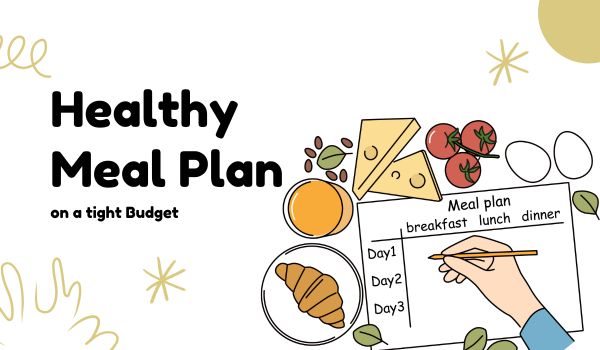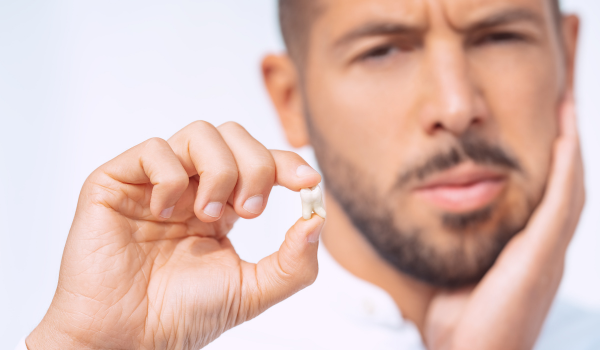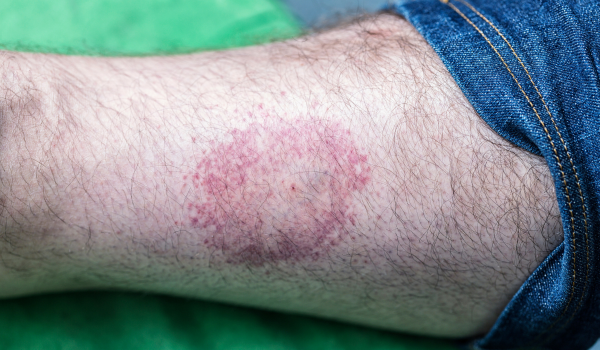
What is a Stroke?
A stroke happens when the brain's blood supply is disrupted—either due to a blockage or bleeding. This sudden interruption cuts off oxygen and nutrients, leading to rapid brain cell death. Because this damage can occur within minutes, a stroke is considered a medical emergency.
Why Stroke Needs Immediate Action
Prompt treatment can significantly reduce brain damage and complications. Every second lost means more brain cells are affected. Immediate emergency care is critical.
Recognizing Stroke Symptoms
Knowing the signs of a stroke can save a life. Use the F.A.S.T. acronym to remember the key symptoms:
-
Face – One side of the face droops when the person smiles.
-
Arms – One arm drifts downward or feels weak when both arms are raised.
-
Speech – Slurred, strange, or hard-to-understand speech.
-
Time – Act fast. Call emergency services immediately if any of these signs appear.
Other Warning Signs of Stroke
In addition to the F.A.S.T. indicators, other sudden symptoms may signal a stroke, such as:
-
Weakness or numbness on one side of the body (including a leg).
-
Confusion or difficulty speaking or understanding language.
-
Vision problems in one or both eyes, including blurriness or blindness.
-
Severe headache that comes without warning or cause.
-
Loss of coordination, balance issues, dizziness, or a sudden fall.
These symptoms also demand immediate emergency care.
What To Do in a Stroke Emergency
If you notice someone having a stroke:
-
Call 911 or your local emergency number immediately.
-
Do not drive them to the hospital—wait for trained emergency responders.
-
Stay calm and stay with the person until help arrives.
-
Note the time the symptoms began—this helps guide treatment options.
Early intervention may allow the use of clot-busting medications, which are most effective within a specific time window.
Stroke Treatment Overview
Emergency medical teams will begin care as soon as they arrive. Depending on the stroke type (ischemic or hemorrhagic), treatment may include:
-
Intravenous thrombolysis (tPA) for clot-related strokes.
-
Mechanical thrombectomy to remove a blood clot.
-
Medications to control blood pressure or prevent new clots.
-
Surgery, if there’s bleeding in the brain or other complications.
Rehabilitation begins soon after stabilization and may include physical, occupational, and speech therapy.
Prevention of Future Strokes
If you’ve had a stroke or are at risk, lifestyle changes and medical guidance can reduce your chances of recurrence. Key prevention strategies include:
-
Understand your stroke type – Learn the cause and work with your healthcare provider to manage it.
-
Take prescribed medications – These may include blood thinners, antihypertensives, or statins.
-
Control chronic conditions – Monitor and manage high blood pressure, cholesterol, and diabetes.
-
Stay physically active – Aim for at least 30 minutes of moderate activity most days.
-
Eat a balanced, heart-healthy diet – Focus on fruits, vegetables, whole grains, lean protein, and low sodium.
-
Maintain a healthy weight – Obesity increases your risk of stroke and other cardiovascular issues.
-
Quit smoking – Tobacco use damages blood vessels and increases clotting risk.
-
Limit alcohol intake – Excessive drinking can raise blood pressure and stroke risk.
-
Join support or lifestyle programs – These offer education, counseling, and help in reaching health goals.
Why Stroke Awareness Matters
Stroke is one of the leading causes of death and long-term disability worldwide. Public awareness and fast action can significantly reduce the risk of severe outcomes. Educating yourself and your loved ones about stroke symptoms and what to do in an emergency can be life-saving.
Quick Stroke Checklist (F.A.S.T. Reminder)
-
F – Face drooping
-
A – Arm weakness
-
S – Speech difficulty
-
T – Time to call 911
Keep this checklist visible in your home or workplace to stay prepared.
Final Thoughts
Every second matters during a stroke. Being able to recognize the signs, take fast action, and follow preventive steps can make all the difference. Share this guide with others—awareness saves lives.




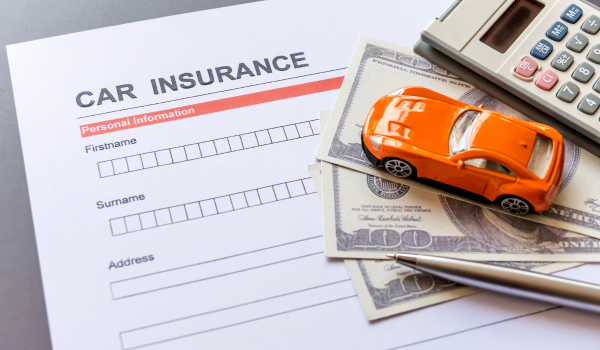

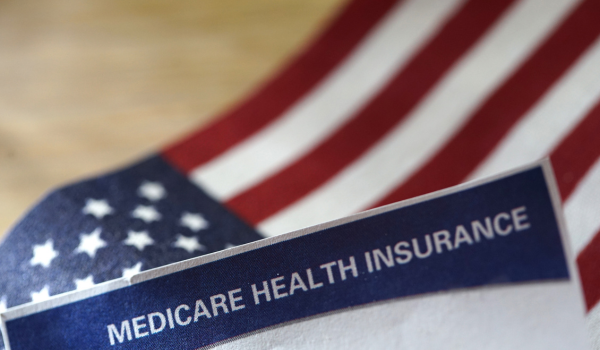
.png)
.png)
.png)


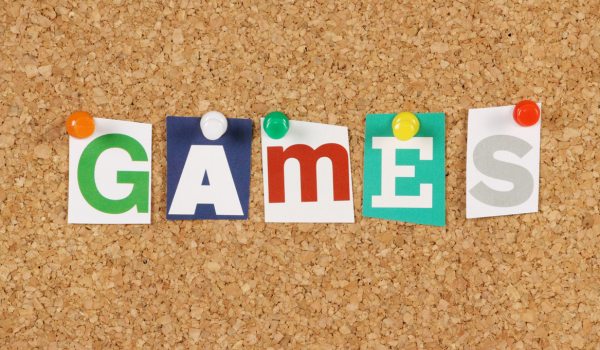



.png)
.png)
.png)
.png)
.png)
.png)
.png)
.png)
.png)



.png)


.jpg)





